58 results
VOICES: Narratives by Survivors of Modern Slavery
This is the world's largest archive of modern slavery survivor narratives. Across more than a million words spoken or written by survivors of modern slavery, we can see why slavery persists in particular hotspots, analyse patterns in trafficking routes, identify vulnerabilities, understand more about the challenges survivors face in liberation, and discover new antislavery solutions. These narratives offer the chance to systematically design new antislavery strategies based on the experiences, ideas and solutions of enslaved people themselves.
The database is searchable by country, name, theme, and narrative date. Narratives can be viewed in list or map form. A short introduction provides context to each narrative. Narrative provenance appears after the main narrative text.
For ideas on how to use this database, please see our accompanying guide.
Project Lead: Zoe Trodd. Team Members: Andrea Nicholson, Lauren Eglen, Rosemary Pearce, Olivia Wright.
Project Funders: AHRC Antislavery Usable Past grant (2014-19), ESRC/AHRC PaCCS Modern Slavery: Meaning and Measurement grant (2016-19), and AHRC-GCRF Antislavery Knowledge Network grant (2017-2021).
For any queries about the collection please contact: [email protected]. If you wish to cite a particular narrative, please acknowledge the survivor’s name, the provenance of the narrative and cite: Voices Database, the Rights Lab, University of Nottingham.
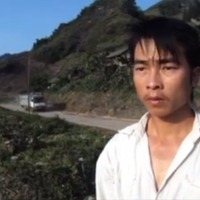
Trong
China remains a source, transit and destination country for men, women and children subject to forced labour. There have been a number of media reports exposing cases of forced labour in the country, especially among the disabled whose families are unable to care for them and with an underdeveloped…

Suzzan Blac
The UK National Crime Agency estimates 3,309 potential victims of human trafficking came into contact with the State or an NGO in 2014. The latest government statistics derived from the UK National Referral Mechanism in 2014 reveal 2,340 potential victims of trafficking from 96 countries of origin,…
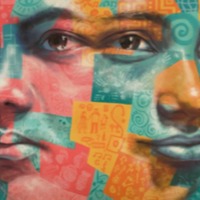
Jade
The United States is a source, transit, and destination country for men, women, transgender individuals, and children—both U.S. citizens and foreign nationals—subjected to sex trafficking and forced labour. Trafficking occurs in both legal and illicit industries, including in commercial sex,…
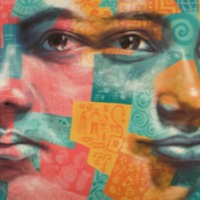
Helia (Narrative 2)
The 2016 Global Slavery Index ranks Haiti eighth in the world for prevalence of modern slavery by population. Today, about 407,000 children in Haiti are engaged in domestic child labor, according to a study conducted by UNICEF in partnership with more than 30 organisations. The investigation…
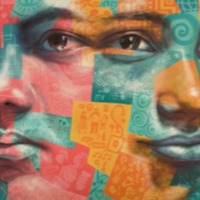
Michaela
Sex trafficking is a form of modern slavery that exists throughout the United States. Traffickers use violence, threats, lies, debt bondage and other forms of coercion to compel adults and children to engage in commercial sex acts against their will. The situations that sex trafficking victims face…
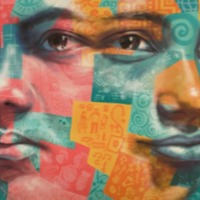
Leah B
Sex trafficking is a form of modern slavery that exists throughout the United States. Traffickers use violence, threats, lies, debt bondage and other forms of coercion to compel adults and children to engage in commercial sex acts against their will. The situations that sex trafficking victims face…

Qui
China remains a source, transit and destination country for the seuxal exploitation of women and children. Women are lured through false promises of legitimate employment and trafficked into commercial sexual exploitation from countries such as Mongolia, Burma, North Korea, Russia, Vietnam,…

Neng
The internal migration of Chinese people seeking work has created an opportunity for human traffickers in China. Moreover the gender imbalance caused by the One Child Policy and the cultural preference for male children, has caused a shortage of women which has led to the trafficking of women to…

Ly
Minority children and those from very poor families are extremely vulnerable to trafficking in China. A highly organised practice exists where couples have children for the very purpose of selling them. Children from minorities are also deceived into trafficking under the false promise of work in…
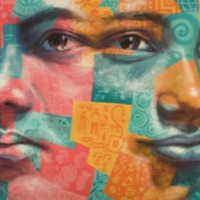
Aye Aye
The internal migration of Chinese people seeking work has created an opportunity for human traffickers in China. Moreover the gender imbalance caused by the One Child Policy and the cultural preference for male children, has caused a shortage of women which has led to the trafficking of women to be…
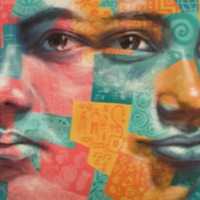
Cho Cho
The internal migration of Chinese people seeking work has created an opportunity for human traffickers in China. Moreover the gender imbalance caused by the One Child Policy and the cultural preference for male children, has caused a shortage of women which has led to the trafficking of women to be…
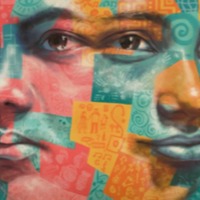
Silvia
The Global Slavery Index 2018 estimates that on any given day in 2016, an estimated 3.6 million men, women and children were living in modern slavery in Europe and Central Asia. People are subjected to exploitation in forced labour, debt bondage and forced sexual exploitation. Government…
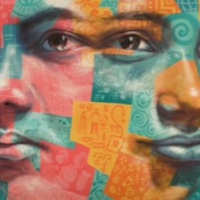
Benita Furaha
There are an estimated 1,045,000 people living in conditions of modern slavery in the Democratic Republic of Congo (GSI 2018). Worsening political and economic conditions throughout the country have exacerbated already high levels of instability, insecurity, and political tension and rendered…
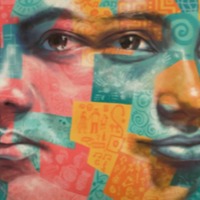
Mark (Narrative 2)
The UK National Crime Agency estimates 3,309 potential victims of human trafficking came into contact with the State or an NGO in 2014. The latest government statistics derived from the UK National Referral Mechanism in 2014 reveal 2,340 potential victims of trafficking from 96 countries of origin,…

Shamere
In 2015, the most reported venues/industries for sex slavery included commercial-front brothels, hotel/motel-based trafficking, online advertisements with unknown locations, residential brothels, and street-based sex trafficking. Particularly vulnerable populations in the United States include:…
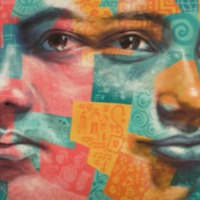
Teodora
Despite having the lowest regional prevalence of modern slavery in the world, Europe remains a destination, and to a lesser extent, a source region for the exploitation of men, women and children in forced labour and commercial sexual exploitation. According to the most recent Eurostat findings,…

Anna A.
Despite having the lowest regional prevalence of modern slavery in the world, Europe remains a destination, and to a lesser extent, a source region for the exploitation of men, women and children in forced labour and commercial sexual exploitation. According to the most recent Eurostat findings,…

Chaivoeurn
Cambodia was renowned as a sex tourism destination in the 1990s and this legacy is still prevalent today with women and girls trafficked within the thriving sex industry in Cambodia's major cities. Despite significant attempts to curb CSE, NGOs report the industry has been pushed underground and sex…

Ika
Men, women and children make up those trafficked in Indonesia, subjected to forced labour and commercial sexual exploitation. Brokers working in rural areas are known to lure men and boys into forced labour on palm oil, rubber and tobacco plantations, while women and under-age girls are lured into…
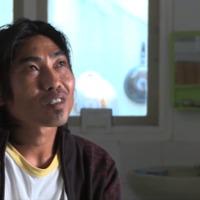
Ismail
Men, women and children make up those trafficked in Indonesia, subjected to forced labour and commercial sexual exploitation. Brokers working in rural areas are known to lure men and boys into forced labour on palm oil, rubber and tobacco plantations. This is often done through debt bondage, in…